US commits $100 million to preparing the grid for a net-zero economy
The US Department of Energy (DOE) Office of Energy Efficiency and Renewable Energy (EERE) is putting $100 million into readying the nation’s grid for the net-zero era. It announced an intent to issue multiple funding opportunity announcements (FOAs) for field demonstrations and other research to support “better planning and operation” of the electric grid.
The US transition to a decarbonised, clean energy future requires transformations across the electricity system. This includes at the ‘grid edge’ where buildings, industry, transportation, renewables, storage, and the electric grid come together.
Readying US infrastructure
The DOE investment will also help optimise systems with grid-connected buildings and vehicles powered by clean, distributed energy generation and show these advanced technologies are reliable, secure, and ready to support a clean energy economy. The efforts will help reduce grid capacity barriers to clean energy deployment, explained EERE Principal Deputy Assistant Secretary Jeff Marootian.
He commented: “To deploy clean energy faster, we need to bring more local, renewable sources onto the grid. Better built environments will make clean energy more affordable and accessible, and create a more secure, resilient energy future for the American people.”
Grid evolution
America’s electric grid is moving from a system where power flows entirely from big generators to end users, to one that is ‘bidirectional’, enabling a two-way flow of electricity from end user to the grid and back.
Technologies such as rooftop solar, electric vehicles, and storage can increase grid resiliency, but also add complexity and new challenges to the system.
Projects selected under the FOAs will strengthen the integration of these resources, support grid planning and operation, and enable widespread and equitable deployment of these technologies.
Waste-to-energy
Also on Thursday, DOE Bioenergy Technologies Office and Vehicle Technologies Office announced up to $17.5 million in federal funding to develop cost-effective strategies for communities to sustainably manage and recover potential clean energy sources from waste streams.
The Waste Analysis and Strategies for Transportation End-Uses FOA will support municipalities and transit authorities with waste-to-energy solutions for converting organic waste into feedstocks for various clean transportation fuel products.
KEEPING THE ENERGY INDUSTRY CONNECTED
Subscribe to our newsletter and get the best of Energy Connects directly to your inbox each week.
By subscribing, you agree to the processing of your personal data by dmg events as described in the Privacy Policy.
More renewables news

ADNOC leads global charge with first certified bulk shipment of low-carbon ammonia to Japan
May 14, 2024
Hitachi Energy confirms support for long-term operation of largest HVDC-connected wind energy project in US
May 14, 2024
Biden’s Solar Factory Boom Slows as Cheap Imports Flood Market
May 13, 2024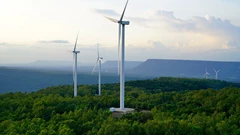
‘Stunning’ Solar Activity Is a Warning to Grid Operators
May 13, 2024
Indian Renewable Energy Firm Plans Maiden Dollar Bond Sale
May 13, 2024
Enel Reports Significant Growth and Continued Commitment to Renewable Energy in Q1 2024
May 13, 2024
Australia’s Budget Will Boost Critical Minerals, Treasurer Says
May 12, 2024
First US-Built Boat Servicing Offshore Wind Farms Is Ready to Launch
May 11, 2024
Red States and Coal Groups Fight Biden Power Plant Rule
May 09, 2024
Top US Nuke Plant Owner Wants to Add Equivalent of One Reactor
May 09, 2024
Public-private energy partnerships critical to hit global net zero targets, says former head of IEA
Apr 25, 2024
Deploying computational chemistry to speed up the energy transition
Mar 18, 2024
Bio-energy to play a key role in shaping the energy transition
Mar 12, 2024
Why the energy industry is on the cusp of disruptive reinvention
Mar 12, 2024
Chevron helping drive Egypt’s journey to become Africa’s energy powerhouse
Mar 11, 2024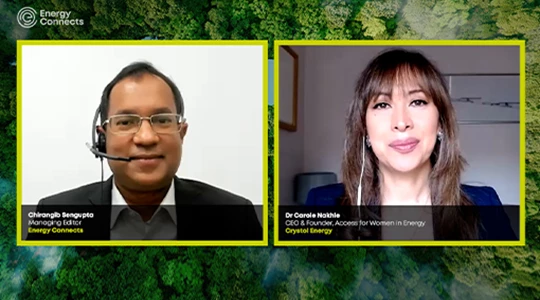
More women in energy vital to the industry’s success
Mar 06, 2024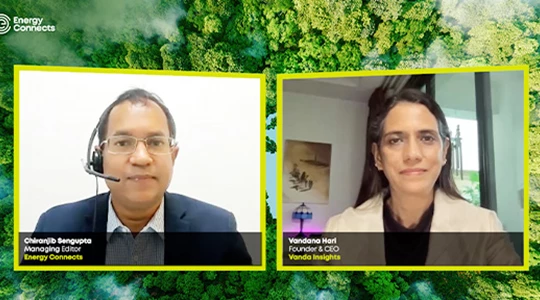
India’s energy sector presents lucrative opportunities for global companies
Jan 31, 2024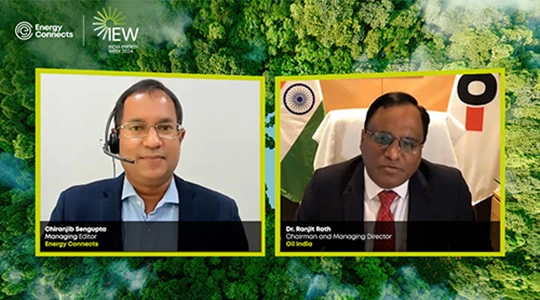
Oil India charts the course to ambitious energy growth
Jan 25, 2024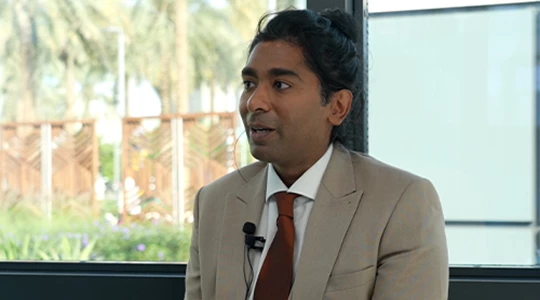
Maritime sector is stepping up to the challenges of decarbonisation
Jan 08, 2024
COP28: turning transition challenges into clean energy opportunities
Dec 08, 2023Partner content

Ebara Elliott Energy offers a range of products for a sustainable energy economy

Essar outlines how its CBM contribution is bolstering for India’s energy landscape

Positioning petrochemicals market in the emerging circular economy

Navigating markets and creating significant regional opportunities with Spectrum






























